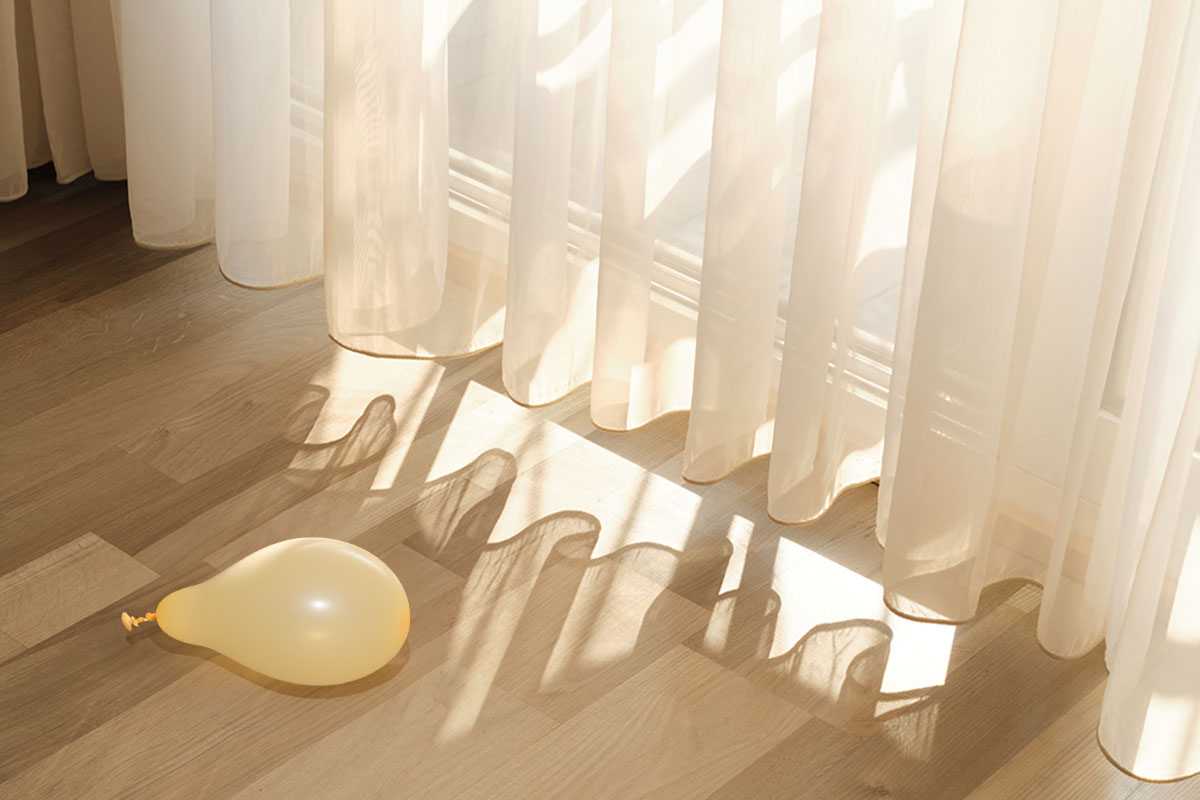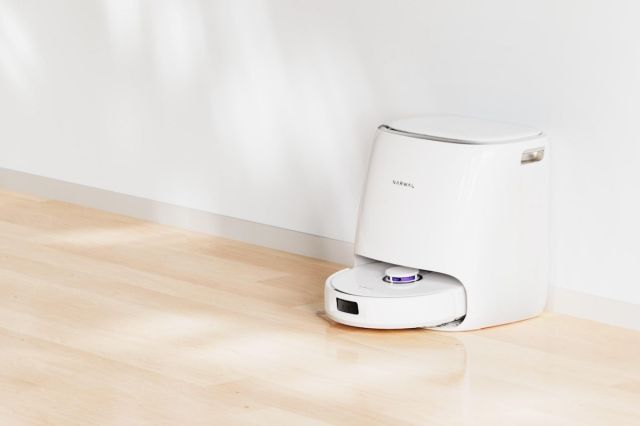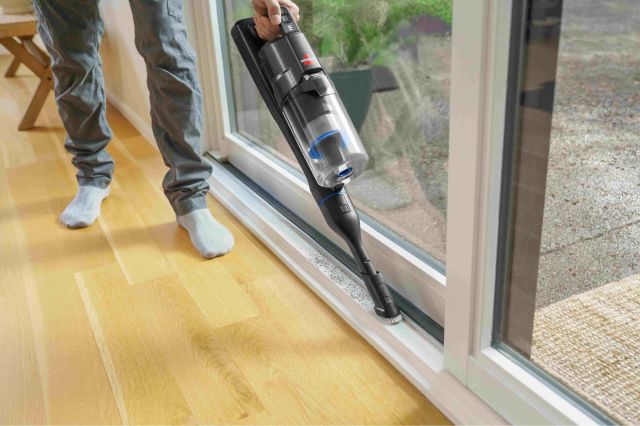All featured products and deals are selected independently and objectively by the author. Better Report may receive a share of sales via affiliate links in content.
Just for kicks, I recently counted the number of holes I’ve put in my apartment walls. I’m not going to print the number. I’m a good tenant who pays his rent on time, but I have no desire to get shown the door in case my landlord reads the news. Let’s just say that I have a lot of pictures hanging on the walls. Oh, and some hooks for hiking gear. And bookshelves. There’s a TV hanging on one wall. Once upon a time, I had a heavy electric bike on my living room wall, too. So I know a thing about making sure whatever I’ve hung doesn’t tear out of the wall and squash me in my sleep.

First, Get a Stud Finder
The number one piece of equipment to get is also the one I see most people skip over. Behind the wallboards of your home are structural elements called studs. They’re most often wood, but they can be metal on newer buildings and renovations. Wallboards are mounted to studs. It’s also where builders run wiring to electrical outlets and light switches.
If you’re hanging something heavy, you want to use a wood screw to mount it directly into the wooden stud. But otherwise, you should avoid them, because they limit where you can place the object you’re hanging. Make sure you get a stud finder that can detect live electrical wires, too, so that you don’t drill into one and electrocute yourself. I’ve used this Zircon stud finder for more than a decade. Don’t skip this step. Always check for studs before drilling. It’s for your safety.
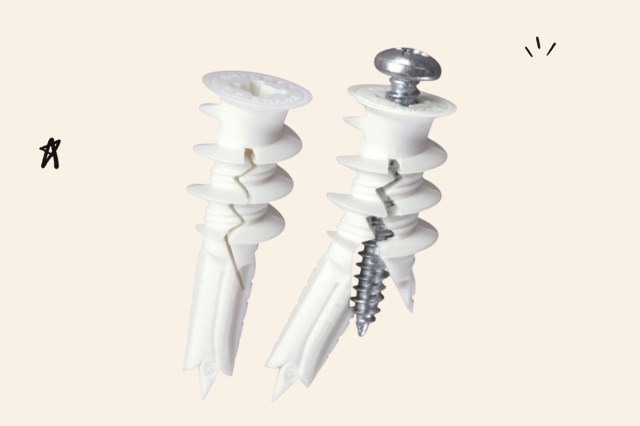
Use E-Z Anchors Whenever Possible
E-Z Anchors are my secret weapons. I use the 75-pound versions here for most things. You don’t need a drill, just a Phillips-head screwdriver. These are exceptionally secure, easy to use, and affordable, more so than anything else I’ve used — and I’ve used every type of wall anchor on the market. Make sure you use the stud finder first, though, because these plastic anchors won’t go into a stud.
Here’s the funny thing about wall anchors such as these. The weight rating is, in practice, lower. That’s because when you hang something from an anchor, it’s almost always not only pulling straight down on it, which is how they determine the rating. It’s pulling down and away from the wall. So while I wouldn’t mount anything over 40 or 50 pounds to a 75-pound-rated E-Z Anchor, it’s more than strong enough for objects below that weight. So a heavy, three-tier bookshelf made of hardwood and iron? No. Use toggle bolts or mount directly to a wooden stud for that. But for a single, two-foot-long bookshelf? I’m sitting underneath one right now, mounted to the wall with a 75-pound E-Z Anchor.
There are 50-pound E-Z Anchors that are a bit smaller. I use these for smaller, lighter objects, such as the hooks that hold my hiking backpacks and large, framed pictures. Like with their big siblings, the actual weight that they’ll hold is quite a bit below their rating. I’d keep it to 30 pounds or so to be safe.
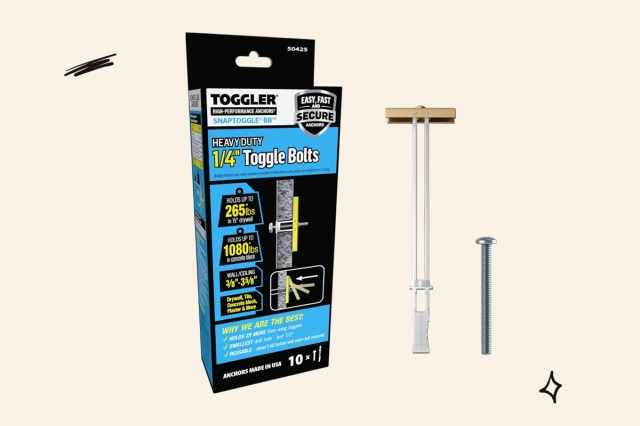
Hanging Something Heavier? Use Toggle Bolts
Toggle bolts are as strong as a wall anchor can get, aside from using a wood screw to mount something directly into a stud. I’ve used toggle bolts for mounting big-screen TVs, large soundbars, and shelving units that already weigh 50 pounds before being loaded down with a ton of books.
Downsides? You need to be really sure that what you’re mounting is heavy enough to require a toggle bolt, because you need to use a power drill to create a ½-inch hole for each bolt. That’s a big hole. You can patch them when you move (I’ve done it), but you don’t want to use these for every little old thing in your place, or you’ll end up with Swiss cheese walls. Because you’re drilling in the wall, you absolutely have to use a stud finder to mark out where you’re going to mount them before drilling the holes. If you don’t, the worst-case scenario is that you’ll electrocute yourself.
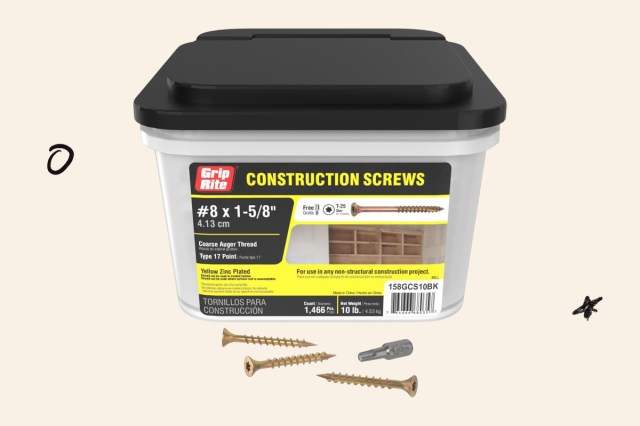
What About Wood Screws?
The traditional way to mount very heavy objects to a wall is still viable. First, use a stud finder to locate the studs behind the wallboard, then drill a small pilot hole with an electrical drill (and safety glasses! See our recommendations below). Use that same drill and a screwdriver bit set to drive a wood screw into the stud.
Where you can mount things on your walls depends on where the studs are, though. In the US, they’re typically standardized at 16 inches apart, measured from the center of one stud to the center of the ones on either side of it, although some older homes measure 24 inches. I’ve lived in places where the contractors just put them wherever they felt like it, though, giving my home a Dr. Seussian quality I did not enjoy when trying to mount shelves.
To mount objects this way, your home must have wooden studs and not steel studs. How do you find out which kind you’ve got? You make a mistake, like I did. I moved into a new apartment five years ago and set upon it with my tools and bookshelves, like I had with the 20 or so places I’ve lived over my lifetime that had normal wooden studs. I located a stud with my stud finder, put on my safety glasses, and fired up the drill. The screw went in through the stud with a strange noise, and it just spun in place rather than biting into the wood. Why? Because it wasn’t wood at all. They’d replaced the old wood studs with new-fangled steel ones during a renovation.
If this happens to you, then you can’t use screws to mount anything directly to the studs. You have to use wall anchors. Luckily for both of us, there are some incredible wall anchors these days that are up to handling some incredibly heavy hardware. I’ve outfitted my entire place with them, and it’s never looked better.
Reader Favorites

Do You Need to Buy a Drill?
So you’re mounting something heavy, huh? Need to use those toggle bolts? Then you’ll need a drill. Honestly, if you can borrow one from a friend, then buy them a coffee and borrow it, because any decent drill is pricey. It’s a key tool to keep around the house if you have an interest in being even mildly handy, though, so it’s an investment.
I’ve used this DeWalt 20V drill for so many jobs over the years, I’d have to take a day to count them up. It’s never let me down. You’ll need to buy a set of cordless drill bits, too. This 21-piece DeWalt set is what I use for most jobs.
Put safety glasses on when you’re drilling. Having gotten hit in the eye with a few things and just barely lucked out on not losing my vision, I’ll tell you that it’s all fun and games to skip the glasses “just this once” until you actually get a scratched cornea. Nobody cares if you think you look like a dork. Who’s watching you drill things into your living room walls, anyway? Just put the glasses on. They’re a lot cheaper than a glass eye.
Feature Image Credit: OksanaKiian/ iStock
More From Our Network
Better Report is part of Inbox Studio, which publishes content that uplifts, informs, and inspires.









